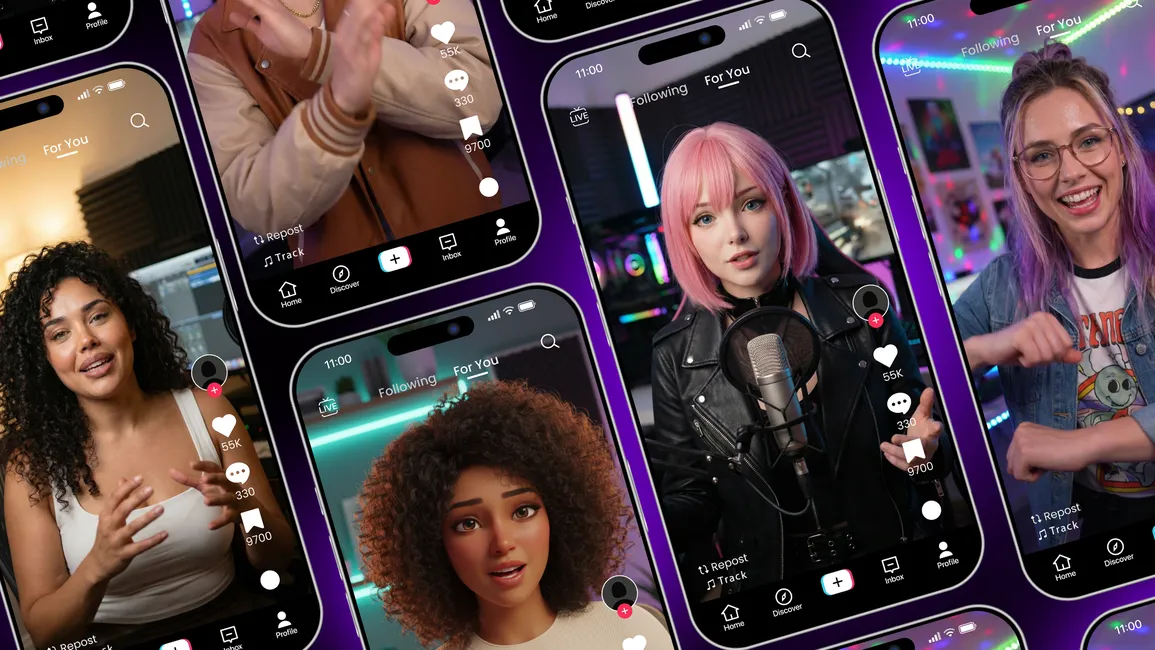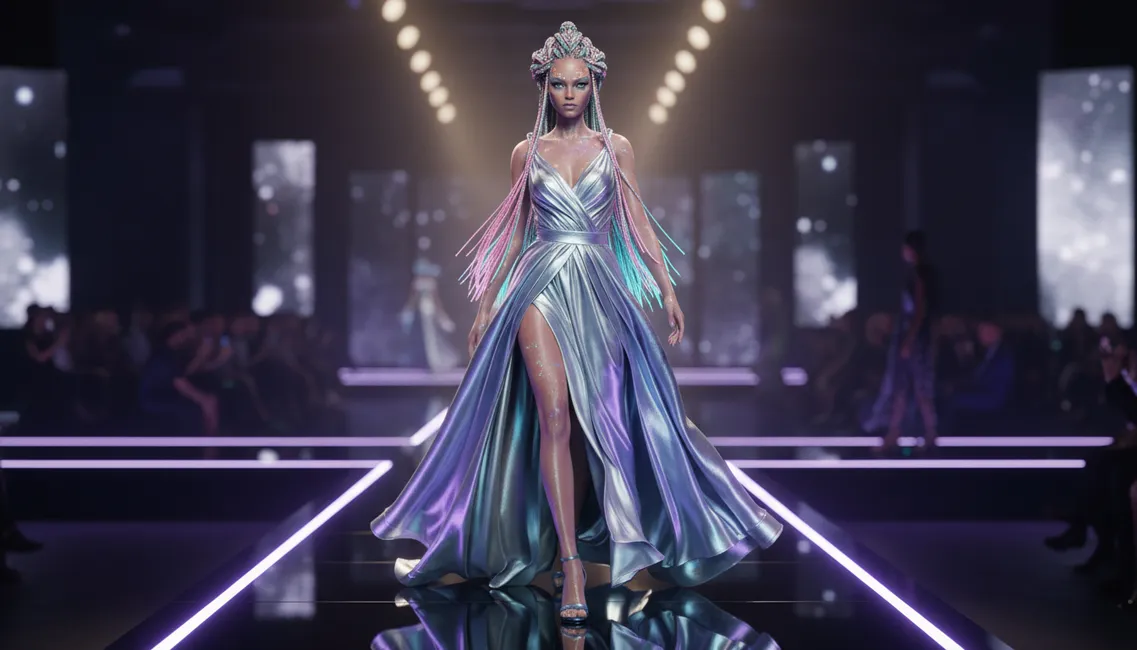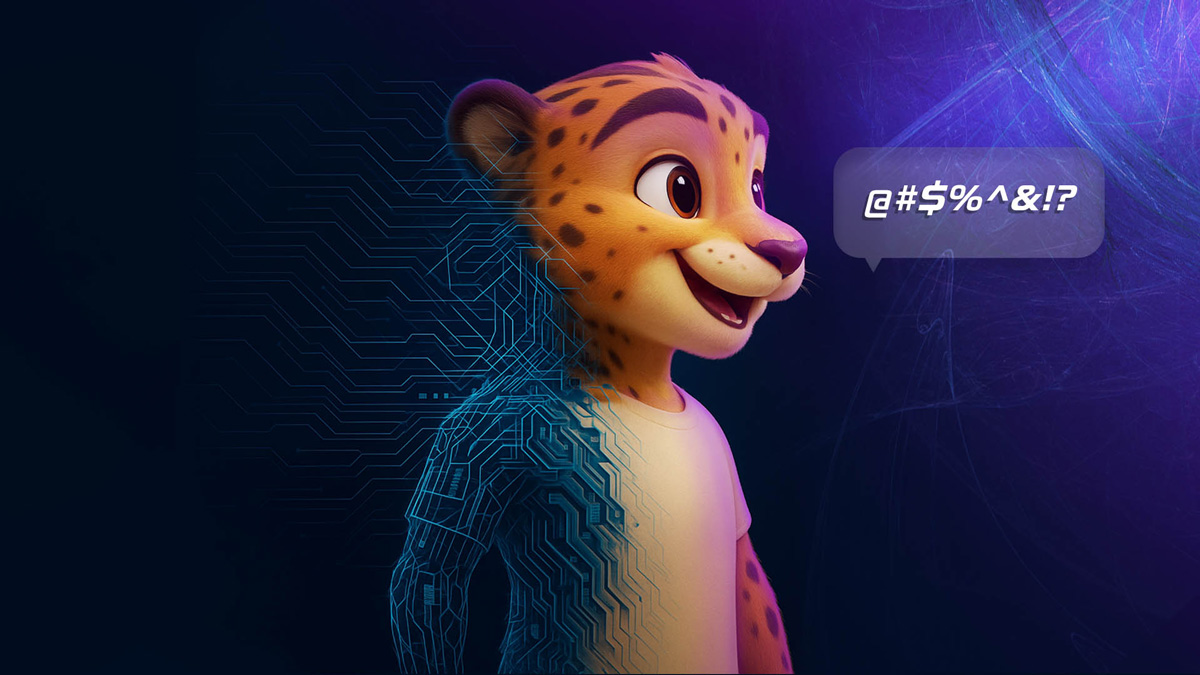
- The Historical Evolution of Brand Mascots
- Key Technologies That Made Virtual Influencers A Possibility
- What Can Virtual Mascots Do?
- What Will The Future Look Like?
- 5 Brands that are Leveraging Virtual Mascots
- Possible Challenges in Creating a Virtual Mascot
- It's Time to Turn Your Regular Brand Mascot into an AI-Powered Virtual Influencer
Remember the days when a mascot was just a cute doodle on a cereal box?
Yeah—those days are toast.
Today, audiences scroll at warp speed and brands need something that grabs the thumb, sparks a smile, and says, “Hey, stick around.”
Enter the virtual mascot—part Pixar, part GPT, all charisma.
To understand this new evolution, you first need a solid grasp of what brand mascots are in their classic sense. They’ve changed dramatically over the decades, and this latest wave, impacted by AI algorithms, is creating the virtual mascots we’ll discuss here.
Want to make your brand stand out in a fresh and exciting way? A virtual influencer could be the game-changer you’re looking for.
If you’re ready to create a digital character that connects with your audience, we’re here to help.
Get in touch today to start building a virtual influencer that truly speaks to your fans.
Learn more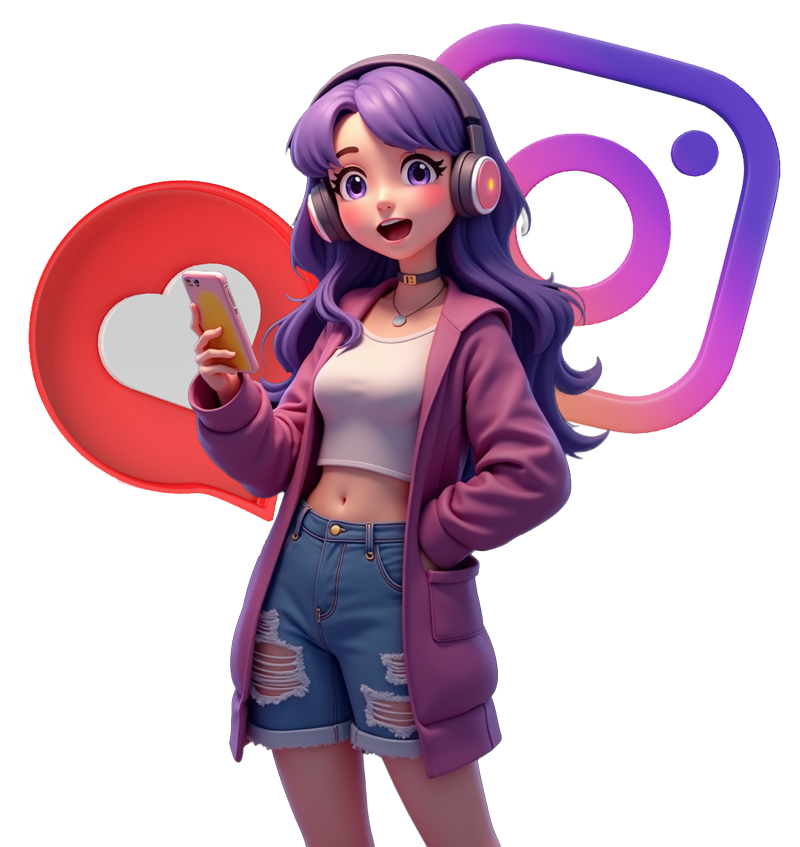
In fact, incorporating artificial intelligence creates virtual mascots. It turns a simple, lifeless drawing, whether 2D or 3D, into an intelligent being that can represent your brand in various channels and for different purposes.
In this blog, we’ll cover all aspects of this topic. Let’s begin by looking at the path that brand mascots have taken.
Why Should You Care?
Because a souped-up mascot doesn’t just wave from your homepage.
It chats in DMs, stars in TikToks, hosts webinars, and shows up—in perfect on-brand colors—at 3 a.m. when your global customers have questions.
Sleep? Your mascot doesn’t know her.
The Historical Evolution of Brand Mascots
Mascots have been working the crowd for more than a century.
Back in the early-1900s, brands sketched simple 2-D faces and slipped them into newspapers, posters, and billboards—flat, friendly signals that said, “Hey, remember us.” Those drawings were quiet, but they got the job done.
Print ads got the first taste.
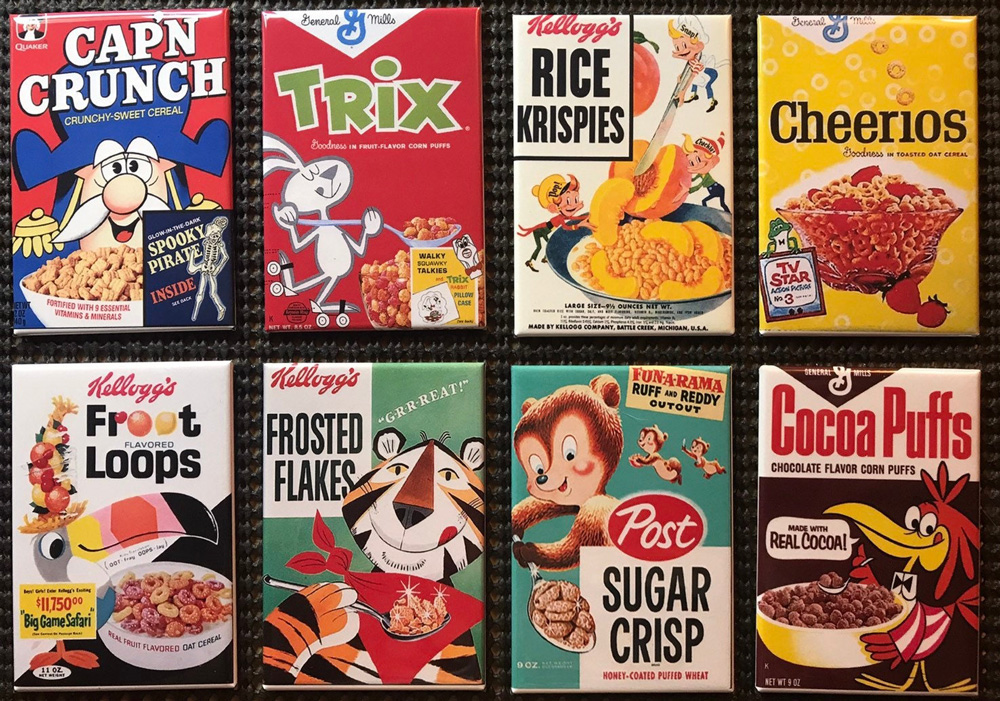
About fifty years later, we leveled up. Costumed characters strolled into parades and TV spots, and animation turned a still image into a living pitchman. Kellogg’s Tony the Tiger is a classic—suddenly breakfast had a roar you could hear from the couch.
Then, television cranked the volume.
As the millennium approached, mascots followed us online. In 1999, the GEICO Gecko logged on, proving an animated character.
And now it’s the turn of the Virtual Mascots.
A Closer Look at Virtual (AI) Influencers
AI influencers, also known as virtual influencers, are the latest trend in brand mascots. More and more businesses are starting to empower their mascot designs with AI, enabling them to behave like real people.
They’re endlessly tweakable.
Need a new language, outfit, or attitude? Change a prompt and keep rolling.
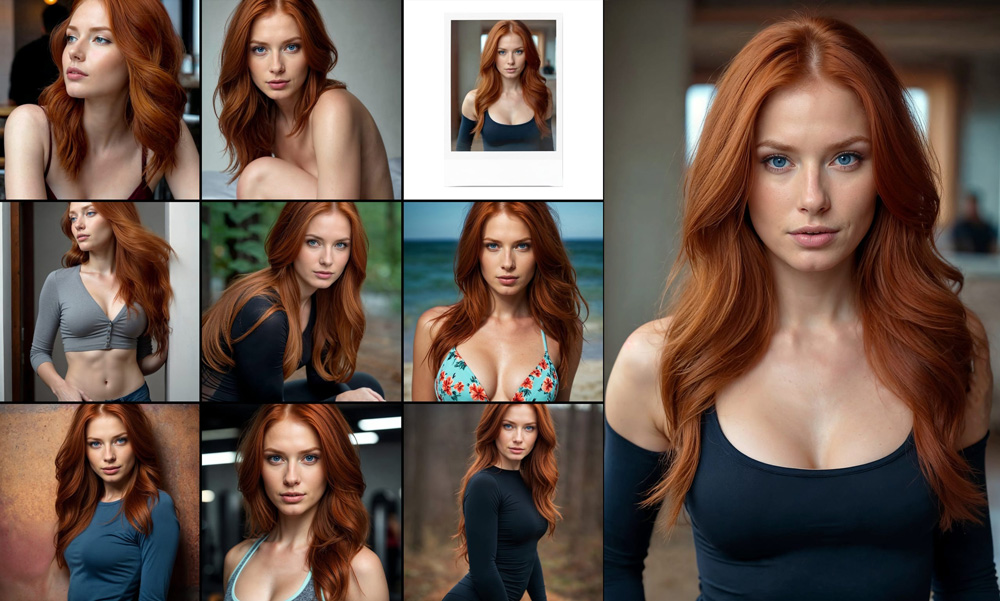
Unlike human spokespeople, a digital persona doesn’t age, call in sick, or jump ship to a rival.
Pair it with the right algorithms and you get a tireless social-media rep, fielding comments, hosting lives, and juggling campaigns all at once.
Curious who’s leading the pack? Check out our roundup, “Top 50 Virtual Influencers to Follow in 2025.”
We’ll dig into real-world use cases next, but first let’s unpack the tech stack that makes this magic possible.
Key Technologies That Made Virtual Influencers A Possibility
Significant changes in mascots were impossible without technological advances.
The answer starts with AI.
Large-language models—think ChatGPT and friends—give a character the power to speak, riff, and troubleshoot in real time. One prompt in, and your mascot can swap from tech support to hype host without breaking stride.
Markerless motion-capture is the next piece.
No more zip-up suits with ping-pong balls. A performer steps in front of a few cameras and every shrug, side-eye, and dance move streams straight into the rig. That fluid body language is what sells the illusion.
Then there’s the visual muscle.
Modern 3-D engines like Unreal render scenes at 60 FPS the moment you hit “play,” so a mascot can go live on Twitch or beam into an AR booth halfway across the world. Real time means real interaction.
Don’t forget the silicon behind the curtain.
Put it all together and you get a digital brand rep that never needs a coffee break.
So what can this new breed of mascot actually do?
Stick around—next up we’ll map out the jobs they’re already crushing and the opportunities no one’s tapped… yet.
For a deeper dive into how these technologies are used in influencer marketing strategies, visit our Virtual Influencer Marketing guide.
What Can Virtual Mascots Do?
What makes AI brand influencers special?
Yesterday’s mascots posed for packaging.
Today’s versions talk, guide, and solve problems in real time.
Give your digital persona a language model and you’ve got a frontline support agent that never sleeps. Visitors land on your site, fire off a question, and the mascot replies with human-level nuance—same vibe, same brand voice, every single time.
Need an exhibition crowd-puller? Drop the character onto a floor-to-ceiling LED and let passers-by chat, gesture, even selfie. The system picks up motion, answers back, and logs new leads while your team focuses on bigger fish.
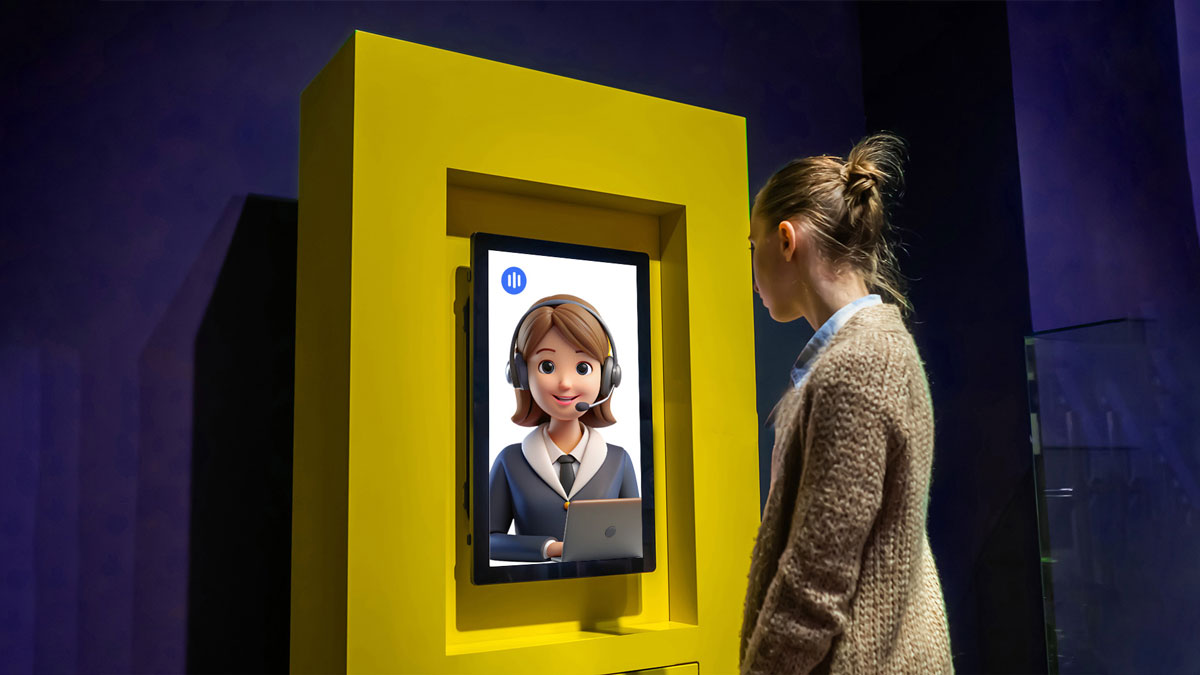
Consistency at Scale
Because one avatar equals one look, brands sidestep the usual headaches—training, turnover, late-night Slack pings. Whether it’s a TikTok duet, a YouTube how-to, or a press-conference livestream, the messaging syncs. Costs dip, satisfaction climbs.
Take Maxi-Cash. Their AI host HAILEY handles product demos, pops into Instagram Stories, and fields Gen-Z finance questions—all without a single studio booking. The result? A fresher connection for a younger crowd.
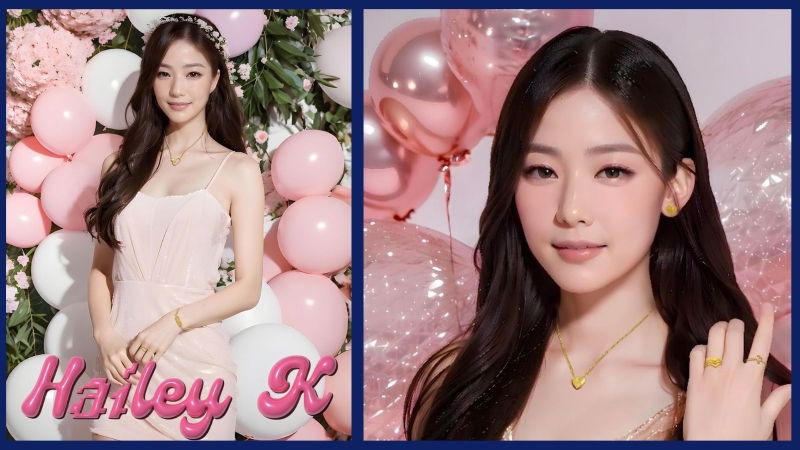
Live, Two-Way Moments
Imagine a mascot walking journalists through quarterly results, then flipping to answer live questions—no teleprompter needed. Picture an in-store kiosk where shoppers ask fit or flavor advice and the character adjusts recommendations on the fly.
That’s the new baseline. And we’re only warming up.
Virtual influencers aren’t just animated billboards; they’re full-tilt brand teammates ready to chat, assist, and entertain wherever your audience shows up. Stick around—next we’ll break down the smartest ways to plug one into your own funnel.
Content on Command
Drop the character into an Instagram Reel, a YouTube Short, or next week’s carousel—same face, same vibe, zero scheduling drama.
Because one familiar avatar anchors every post, your feed feels stitched-together instead of scattershot.
Need to say “new feature” or “limited drop”?
Let the mascot deliver the headline. An animated wink or quick gag lands the message faster than another stock-footage montage.
Hook, Hold, Repeat
Recognition is rocket fuel.
When viewers spot a mascot they know—think Duolingo’s green owl—they pause, watch, and usually stick around to the last frame.
That attention buys enough seconds to slip in a CTA or teach a bite-size lesson without hard selling.
Built-In Flexibility
Campaign flip mid-week?
Swap scripts, adjust wardrobe, press render. Your digital spokesperson turns on a dime while the human team sleeps.
The upside: consistent voice, broader reach, and fewer retakes.
That’s how a smart AI influencer keeps your content engine humming.
Customer Support
Need answers at 2 a.m.? Your virtual mascot has it covered.
Training an AI avatar on brand FAQs turns it into a round-the-clock support. A traveler hits “chat” and explains the issue, and the virtual mascot guides them step by step, matching the tone of a seasoned agent.
Costs drop because humans tackle only the edge-cases, not the routine.
Consistency rises because every reply follows the same playbook.
Natural-language models let the virtual mascot decode frustration, clarify details, and recommend fixes in a single thread.
Qatar Airways pushed the idea further with Sama 2.0—a digital cabin-crew member embedded in its app and Qverse portal. Sama chats through booking hiccups, gate info, even in-flight perks, then flips to campaign duty on social feeds when needed.
One character, multiple hats. That’s the future of customer care, and it’s already boarding.
Game and Entertainment Character
Brands that lean into fun are already turning their mascots into playable stars. Drop the avatar into a mobile mini-game, a web-based quest, or an AR scavenger hunt and you’ve got a story your audience can steer, not just watch.
The tactic works at live events, too. Picture an expo booth where the mascot pops onto a screen, invites passers-by into a quick challenge, then rewards high scores with merch codes. Memory made, lead captured.
Entertainment stretches further. Short animated series, choose-your-own plot lines, even cameo roles inside bigger gaming platforms—all powered by the same digital character, all reinforcing a single brand voice.
Bottom line: AI influencers don’t just talk; they play, compete, and keep people coming back for another round.
Next up, let’s look at where this trend is headed.
What Will The Future Look Like?
Hyper-personalization is coming first.
Your AI character will spot returning customers, recall past chats, and tailor suggestions on the fly. The more someone interacts, the sharper the responses get.
Support jumps to instant.
No hold music, no “our offices are closed.” A round-the-clock avatar means help arrives the moment a question pops up—one more notch up on the customer-experience dial.
Customization on Both Sides
The mascot adapts to each user’s quirks—favorite color, preferred tone, even pacing—while customers can tweak settings from their end. Personalization stops being a feature and starts feeling like table stakes.
Metaverse, If and When
Should VR headsets go mainstream, picture walking into a sprawling virtual store. Your brand guide—same mascot, full 3-D—greets you at the door, offers recommendations, maybe stages a mini-event in a fantasy courtyard. All without leaving your couch.
Social Feeds, Hands-Off
Expect brands to hand over comment sections and DMs to their trained avatars. One consistent voice handles replies at scale, freeing human teams for deeper work.
New Business Models
Creators already monetize AI personas—anime-style influencers in Japan sell subscriptions for exclusive clips. Brands will borrow the playbook, turning mascots into revenue streams as well as marketing tools.
The takeaway: virtual mascots are shifting from novelty to core asset—smarter, faster, and more personal with every interaction. The brands that lean in now will shape what comes next.
Let’s take a look at the brands that have already started leveraging virtual mascots.
5 Brands that are Leveraging Virtual Mascots
As discussed earlier, multiple brands are using virtual mascots to accomplish various goals, and here we’ll examine some of their most famous examples.
KFC – Young Colonel
It was in 2019 that KFC undertook a historic transformation. Colonel Sanders, its beloved mascot who served the brand faithfully for decades, went through an upgrade to meet newer needs.
Brand executives created a young and notably attractive AI-generated version of the colonel. In other words, they turned their simple mascot into a virtual mascot from that point on, serving as a useful AI influencer.
Since then, the Young Colonel has played a critical role in KFC’s social media platforms.
Additionally, with his unique mustache, this relatively new version of the well-known Colonel Sanders has appeared in some creative advertising campaigns, such as a short film starring Mario Lopez as the colonel.
IKEA (Japan) – Imma
As mentioned earlier, AI influencers are rapidly becoming popular in Eastern Asia. The Japanese branch of IKEA took advantage of this trend and leveraged an AI influencer to promote a new store in Tokyo before it opened in 2020.

In the scenario written by IKEA’s marketing department, Imma, a famous AI-generated character at that time, moved into a Harajuku storefront apartment. You may think that Imma started promoting the new store enthusiastically and invited her fans to visit it. But that wasn’t the strategy. The whole idea was to attract attention indirectly.
Therefore, Imma continued doing her everyday routine in her new place. From cooking meals to doing yoga, she streamed everything on Instagram, just as she normally would.
This indirect approach generated a huge buzz for the new IKEA store in Harajuku, which was notable at a time when using virtual influencers for marketing was still untested.
Mattel – Barbie
Almost everyone who has a daughter is familiar with Barbie dolls. The first of these dolls was created back in 1959 by Mattel. Although its solid branding made Barbie one of the most popular toys for young girls globally, Mattel’s leadership recognized significant shifts in today’s children’s behavior. Instead of sticking to producing regular Barbie dolls, they embraced the new era with open arms.
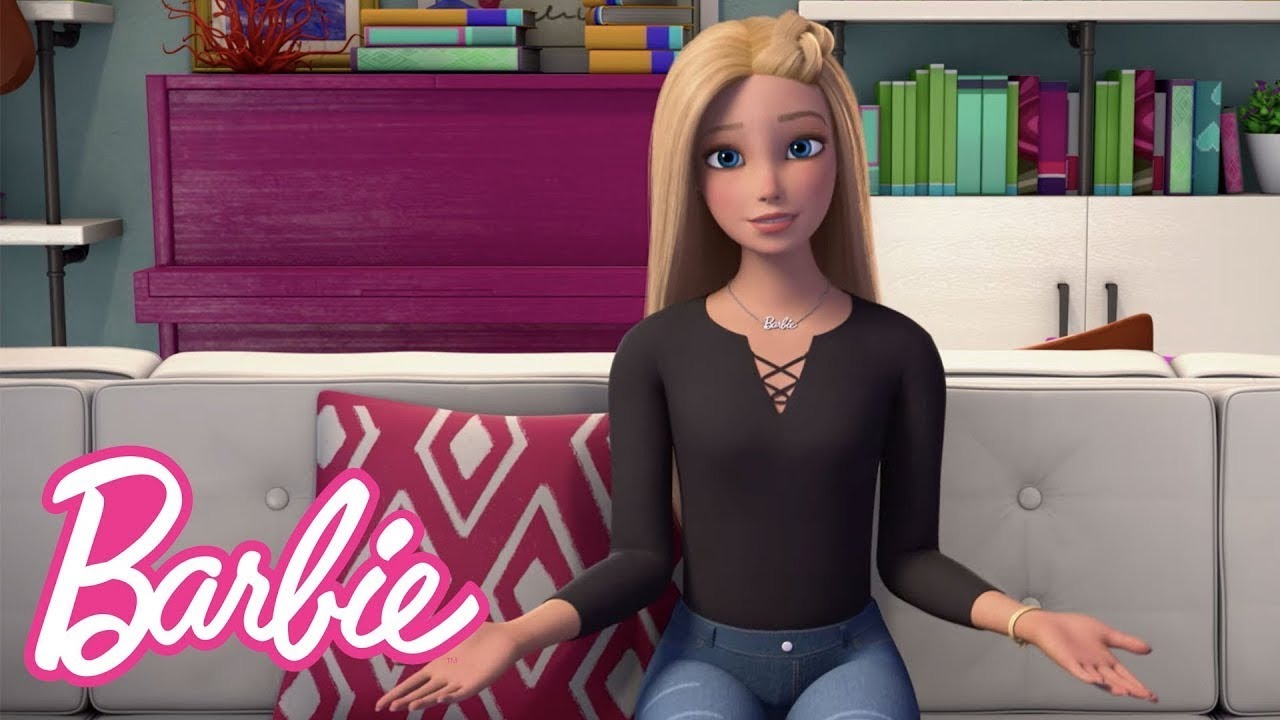
In 2015, Mattel started a YouTube series called Barbie Vlogs. Hosted by the famous Barbie, they successfully transformed their iconic mascot into a virtual mascot, an ideal IP character for the brand.
Barbie gives life advice to her young fans in Barbie Vlogs about how to face life challenges and acts as the voice of Mattel, which has focused on meeting the needs of girls for over 50 years.
Casas Bahia – CB
Casas Bahia is the name of a retail chain store based in Brazil. Their story of using AI influencers is worth noting because they made major changes to the brand’s original character.

The initial version of the mascot was a 2D drawing of a cheerful teenage boy wearing a pirate hat. His name was Bahianino, and he had served the brand for decades.
However, Bahianino couldn’t fit into the digital era, and it was time to retire. Therefore, in 2020, CB was introduced as Casas Bahia’s new virtual mascot.
More than 10 million people follow CB on social media, which proves that this huge decision led to success.
CB carries Gen Z characteristics by speaking their language and is enthusiastic about anime, trap music, memes, and, in general, everything this generation values.
CEICO – The Gecko
This reptile is among the most iconic brand mascots globally, and we’ve covered it in several previous blogs.
Fortunately, GEICO benefits from wise managers who took the right steps to bring The Gecko into the digital world.
On the first day of 2020, GEICO created a separate Instagram account for The Gecko, giving the mascot new visibility. From that time, the well-known reptile became an AI influencer with an exclusive fan base.
In other words, the Gecko now has its own distinct personality—closely tied to GEICO yet with a sense of independence.
Creating the Instagram account brought this lovely mascot to life since its account posts regularly on the platform and offers audiences a chance to connect with it.
Now, there is no doubt that The Gecko is a virtual mascot that can effectively convey the brand’s values by communicating with the business’s potential customers.
In the next section of the blog, we’ll delve deep into all the advantages your brand can reap by investing in AI influencers.
Possible Challenges in Creating a Virtual Mascot
Creating a successful virtual mascot requires two key elements:
- Advanced Technology
- Skilled Specialists
The shiny tools alone won’t save you—talent matters just as much. A virtual mascot needs two power-ups in one package: cutting-edge tech and people who know how to bend it. Skip either piece and that gleaming character lands with a thud instead of applause.
Data bias is the first hidden tripwire. Feed the model the wrong set and your mascot might blurt something tone-deaf, turning a marketing stunt into an emergency apology. Sloppy rigging or off-brand dialogue can sink you, too; fans spot fakery in seconds and scroll past without mercy. Then there’s the audience factor. Not every community loves “virtual everything,” and forcing an AI spokes-character on a hesitant crowd can feel like a gimmick—one that drives loyal buyers away instead of pulling them closer.
A misstep isn’t just embarrassing; it’s expensive. Alienate a group, flood support with confusion, and the cleanup chews through budgets you never planned for. If your studio lacks a mocap stage, high-end GPUs, or prompt-crafting pros, call in specialists who can finesse the narrative, tune the model, and lock the brand voice before launch.
Get the blend of tech and talent right and your digital mascot soars. Miss it, and the fallout sticks to the logo, not the code.
It’s Time to Turn Your Regular Brand Mascot into an AI-Powered Virtual Influencer
At Dream Farm Agency we’ve already taken dozens of mascots from sketchbook to screen, tailoring tech stacks to each brand’s needs.
We also keep a talent pool of ready-made AI influencers you can put to work today. Chang, our hyper-real music maven, spins tracks and host drops with zero retakes. Sofia rules the gaming sphere—fully animated, meme-literate, and always on-brand.
Want to meet the rest of the roster? Swing by our Virtual Influencer service page.
Nikan
